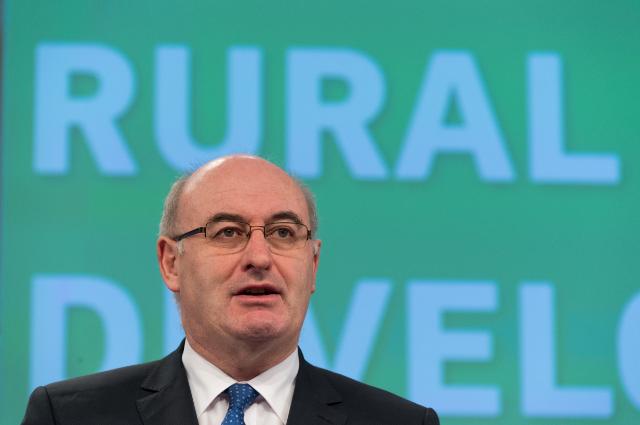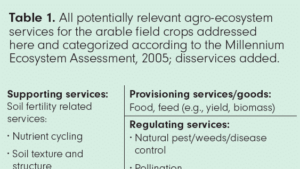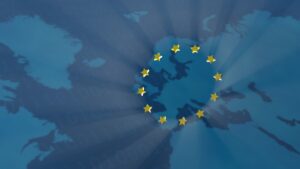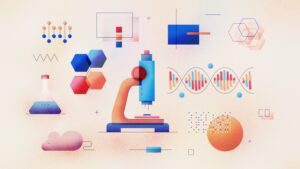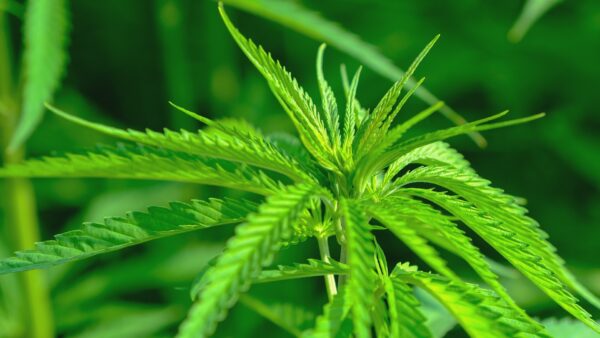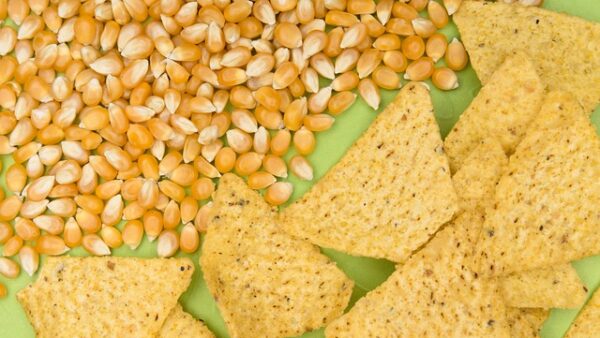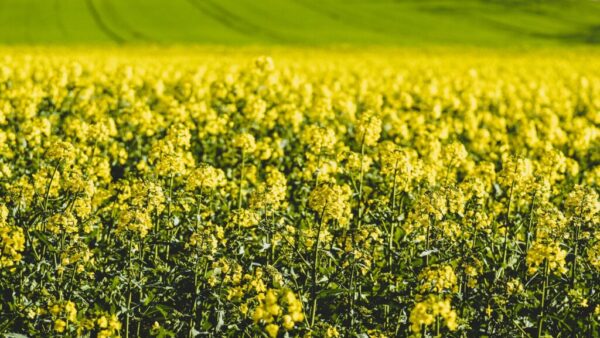Preserving Europe’s food security, environment and biodiversity is more challenging than ever in a complex world. The EU’s Common Agricultural Policy is rising to the task, writes Phil Hogan, European Commissioner for Agriculture and Rural Development.
We are privileged enough in Europe that the majority of us can take many things for granted. When we go to the supermarket, we know there will be a huge variety of safe, quality, nutritious and affordable European food on offer.
We can feed our families, safe in the knowledge that the fruit, vegetables, wine, dairy and meat products have been produced according to the highest standards in the world.
When we visit rural areas, we do so with the knowledge that we will see areas of great natural and environmental beauty. We can be sure that our air, lakes and rivers will be clean.
None of these things happen by accident, however. The reality is that these certainties are underpinned by a great deal of carefully spent taxpayers’ money and thoughtful policy coordination.
Statistics show that our citizens believe rural areas are very important for our future. And there is a strong public awareness of the role the EU’s Common Agricultural Policy (CAP) plays in delivering food security.
It is perhaps less well known that the CAP also plays a far wider role in delivering a variety of public goods for our society. Today, farmers and rural communities are also charged with contributing to environmental sustainability, delivering climate targets, and preserving biodiversity for future generations.
When the CAP underwent its latest reform in 2013, it was agreed that agriculture needed to make a greater contribution to our shared environmental mission. As a result, farmers must now incorporate certain “greening” practices into their work in order to receive their EU payments.
As well as this, the EU is dedicating large amounts of research and innovation funding to finding new ways to improve efficiency and sustainability in food production. This is a win-win for farmers and rural businesses on the one hand, and society at large on the other.
By using new scientific methods and technologies in their work, farmers can work smarter, gaining greater yields for their products while reducing their environmental and carbon impact.
My work brings me all over Europe and I see brilliant examples all the time of how farmers, in collaboration with scientists and other experts, are developing new ways to keep producing top-quality food, maintaining a decent livelihood for themselves while also making our world cleaner and greener.
Just last week, I took the opportunity during my summer break to visit two projects in Ireland which show the great work already underway.
I visited a family farm in County Monaghan to see the positive impact of a soil improvement programme. Smart use of soil aeration and composting slurry can improve grassland production and reduce fertiliser costs.
I also visited a unique and innovative rural development project in County Clare. The Burren Programme is a brilliant example of a locally led agro-environmental scheme. Several hundred farm families continue to live and farm in the Burren area, despite significant environmental constraints.
These farm families produce excellent livestock, allowing them to earn an income while also managing the biodiversity and environmental heritage of this beautiful region.
This is a locally targeted conservation programme which invests in farmers, their land and livestock. It works closely with them to optimise their farming systems so they can continue to sustainably produce high quality agricultural goods while maintaining an outstanding environment.
These are just two of the most recent examples I have come across. There are countless other projects underway in every EU Member State. There is no one better placed than farmers to address the twin challenges of food security and protecting our environment and biodiversity. But we as a society must continue to empower and incentivise them to do so.
The CAP is and must remain the catalyst for these interlinking goals. The Policy is already making a telling contribution to our shared environment and climate goals, and it can do more, if it is shaped and supported in the right way.
Editor’s Note: Phil Hogan is EU Commissioner for Agriculture and Rural Development since 2014.


